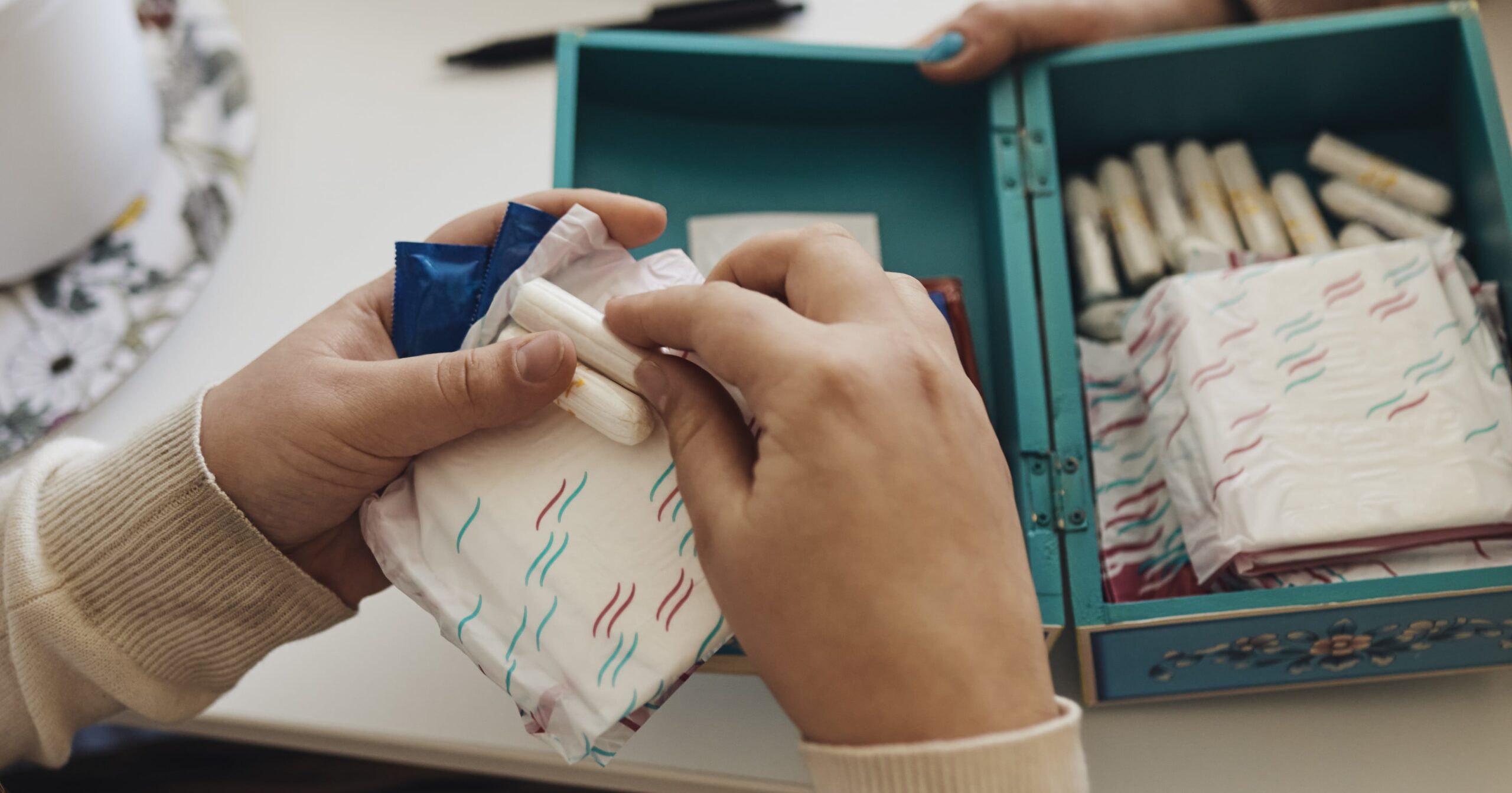
How Often Do You Really Need to Floss Your Teeth?
Flossing your teeth removes food trapped between them and eliminates the bacterial film that forms on your teeth before it becomes plaque.
Most people don’t floss regularly or neglect flossing altogether, which increases the risk of cavities, gum disease, and tooth loss.
Flossing consistently and thoroughly can help keep your teeth and gums healthy.
The American Dental Association (ADA) recommends brushing your teeth twice daily and flossing once daily. Regularly flossing helps prevent gum inflammation, periodontal disease (gum disease), and cavities. It’s also an efficient way to remove plaque, with research indicating that up to 80% of interdental plaque is removed by flossing.
Some people may need to floss more regularly, such as after every meal, as part of preventative care. This may include people with braces, people with a history of gum disease, or people with tight spaces between their teeth that are prone to getting food stuck.
Little is known about how frequently people floss. One study suggests that 41% of people in the United States floss at least once daily, while 20% never floss.
Flossing removes dental plaque, food, and debris from the spaces in between teeth where your toothbrush cannot reach. When used as part of a regular oral hygiene routine, flossing helps keep your mouth healthy and your breath fresh.
Maintaining tooth and mouth health can help you chew better, prevent speech problems, and avoid pain, discomfort, and tooth loss. Here are some potential benefits of flossing on a regular basis:
- Maintains oral health: One study found that older adults who floss one or more times per week are less likely to have periodontal disease. They also have fewer cavities and retain a higher number of teeth.
- Helps prevent tooth loss: Research shows that after age 65, tooth loss peaks in older adults. Preventive oral hygiene practices like flossing can improve oral health and tooth retention.
- Reduces periodontitis risk: Studies have found that adults who reported using floss or another type of interdental cleaner more frequently were less likely to have periodontitis (advanced gum disease).
- Protects your heart health: One large study found that people who practiced a high standard of oral hygiene, which likely included flossing, had a decreased risk of atrial fibrillation (irregular heart rhythm) and heart disease.
- Lowers your risk of stroke: According to a preliminary study, flossing your teeth at least once a week may be linked to a lower risk of stroke caused by blood clots and irregular heartbeats.
- Decreases dementia risk: Some research has found that having gum disease may increase your risk of Alzheimer’s disease, the most common type of dementia. Brushing and flossing can reduce your gum disease risk.
Flossing consistently is more important than the time of day you floss. Some people prefer to floss after a midday meal, while others prefer flossing before bed at the end of the day. The key is to pick a time you can stick to every day.
You can also floss before or after you brush your teeth, as long as you floss thoroughly. If you use traditional floss, follow these steps for flossing your teeth:
- Select about 18 inches of floss and remove it from the container
- Wind the floss around one of your middle fingers, then repeat with the opposite hand
- Position the floss snugly between your thumbs and forefingers, and gently insert it between your teeth
- Form the floss into a “C” shape and glide it against the side of your tooth
- Move the floss gently up and down, keeping it pressed against the tooth so you can remove food and other debris
- Refrain from jerking and snapping the floss, focusing on smooth, gentle motions
- Repeat this process for every tooth, including your back teeth, and discard the floss
It takes practice to floss effectively, so don’t give up if it feels awkward or uncomfortable the first few times. Skipping around the mouth can cause you to miss teeth, so go tooth by tooth, keeping a consistent flossing pattern. Some dental experts also recommend skipping the mirror and flossing by feel rather than sight, as the reverse imaging may be confusing.
Some other common mistakes include:
- Using floss that is too short: It is much harder to control the floss when you have a short thread that you cannot wrap around your fingers.
- Snapping or jerking the floss: When flossing, gently slide the floss between your teeth. Otherwise, you risk damaging the soft tissue between your teeth.
- Flossing too aggressively or over-flossing: Being rough on your teeth or flossing more than once a day will not make your teeth cleaner. Instead, it can lead to soreness and gum irritation.
Some people find using traditional string floss challenging due to dexterity issues caused by age or underlying health conditions. If this is the case for you—or if you simply do not like the idea of string floss—there are other options designed to help you get the job done.
Below are some alternatives to string floss:
Water Flossers or Oral Irrigators
Water flossers are electronic devices that shoot a thin but powerful stream of water between your teeth to remove plaque. One study found that this type of flossing can reduce symptoms of gingivitis, like bleeding gums. However, the researchers noted that they did not find evidence of plaque reduction.
If you can’t angle a water flosser around your mouth due to a lack of wrist dexterity or motor skills, ask your dentist about alternative water floss options. They may be able to fit you for a customized mouth tray that can squirt the water around all your teeth at once.
Interdental Brushes
These devices are designed as small textured brushes, allowing you to clean between your teeth with a more substantial handle to hold onto. Research has found that these tools reduce gingivitis symptoms and remove plaque in the short term.
These brushes work well for people with very little space between their teeth.
Other Flossing Tools
Some people enjoy using tape floss instead of a strand of floss. This floss looks like a wide, flat piece of tape; it may feel more comfortable and easier to slide between teeth.
There are also floss picks and holders, which are small tools that hold the floss for you, giving you a sturdy handle to hold onto. Floss threaders, which thread your floss like a needle, make it easier to get floss between your teeth.
When buying a new flossing tool, look for the ADA Seal of Acceptance, which indicates the product has undergone testing for safety and effectiveness.
The ADA recommends flossing your teeth once a day in addition to brushing twice daily. Consistent flossing helps prevent cavities and gum disease and keeps your mouth healthy.
You can use traditional string floss or an alternative tool like an interdental brush, water flosser, or tape floss. Talk to your dentist for more flossing tips and advice.









